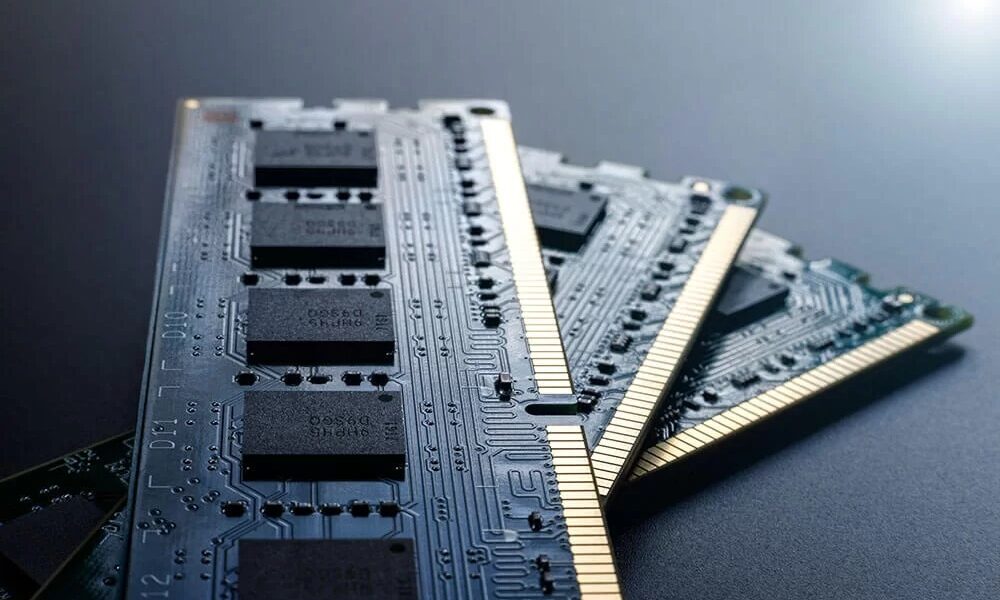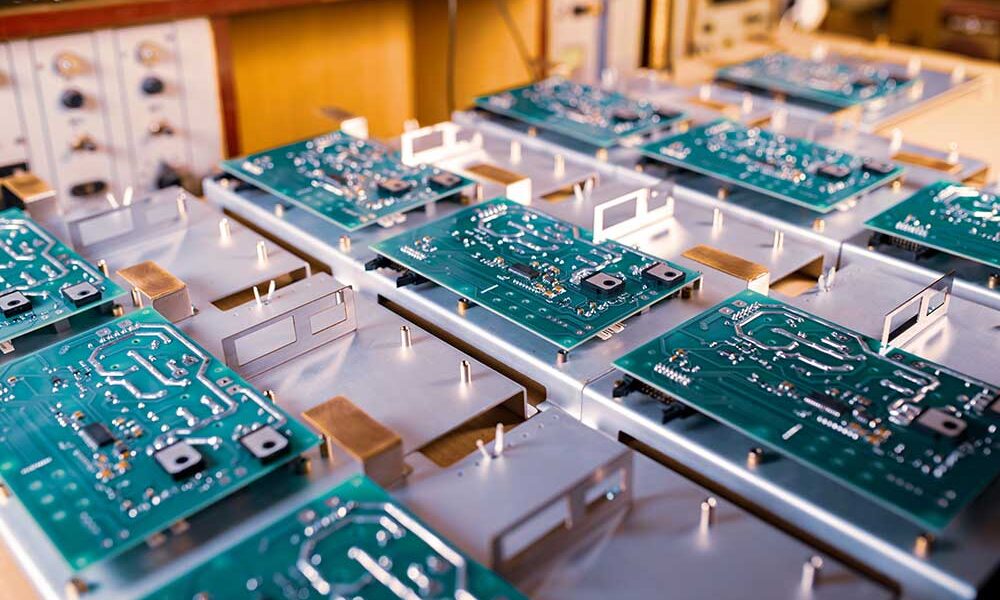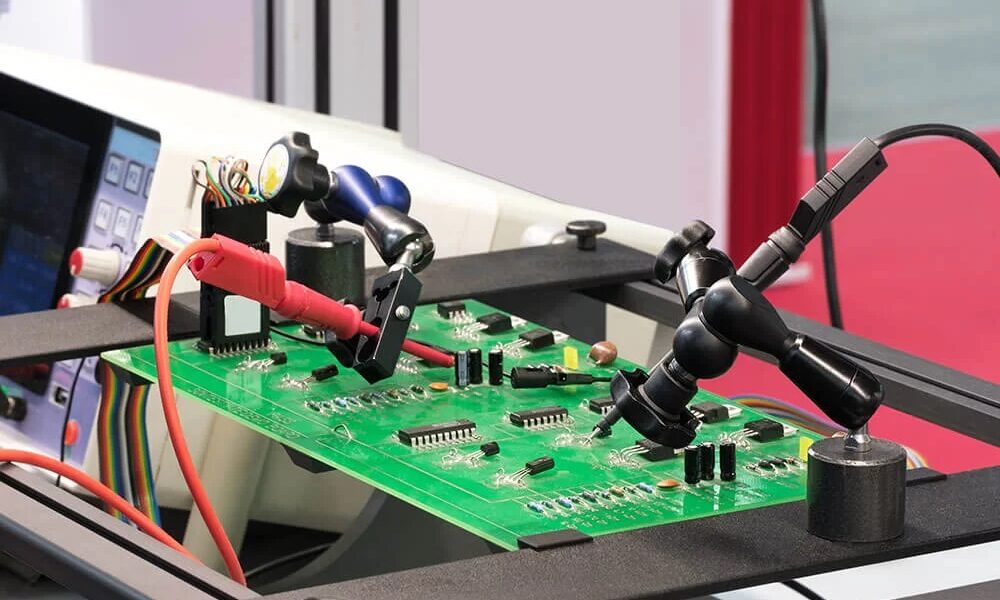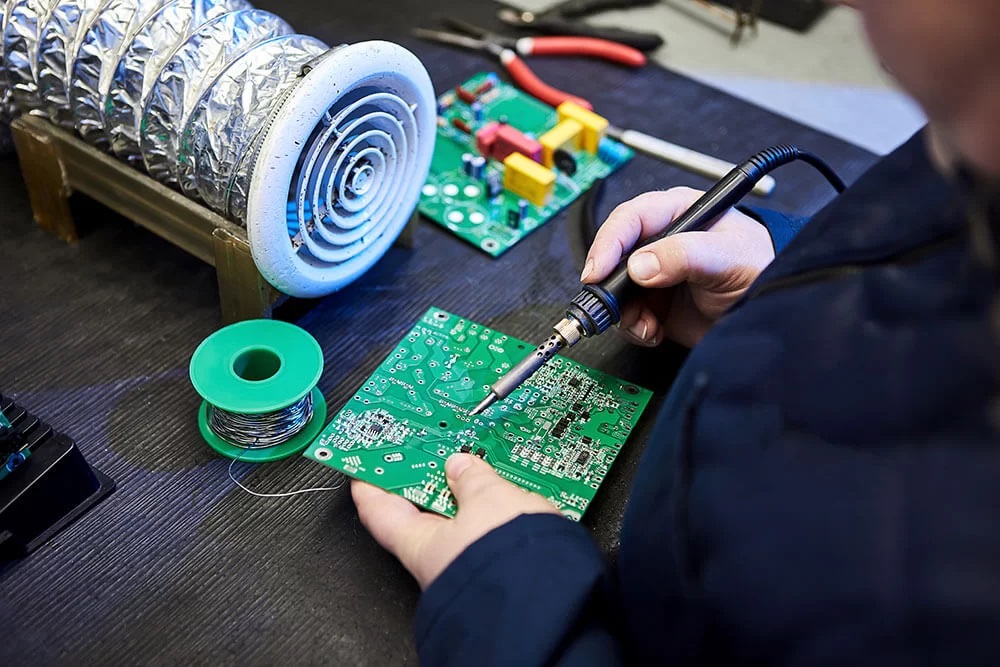
A prototype circuit board is a model of a system or a part of a system used to test the performance of the system before it is implemented. It is of utmost importance that the design of the prototype circuit board is error-free and follows the standards of the industry, otherwise the prototype circuit board can cause serious harm or malfunction in the final product. This article will discuss the common mistakes that should be avoided while designing, fabricating, testing, and troubleshooting the prototype circuit board. The key is to consider every step of the process carefully and execute it with precision. Finally, the article will provide some key tips on how to successfully build a reliable prototype circuit board.
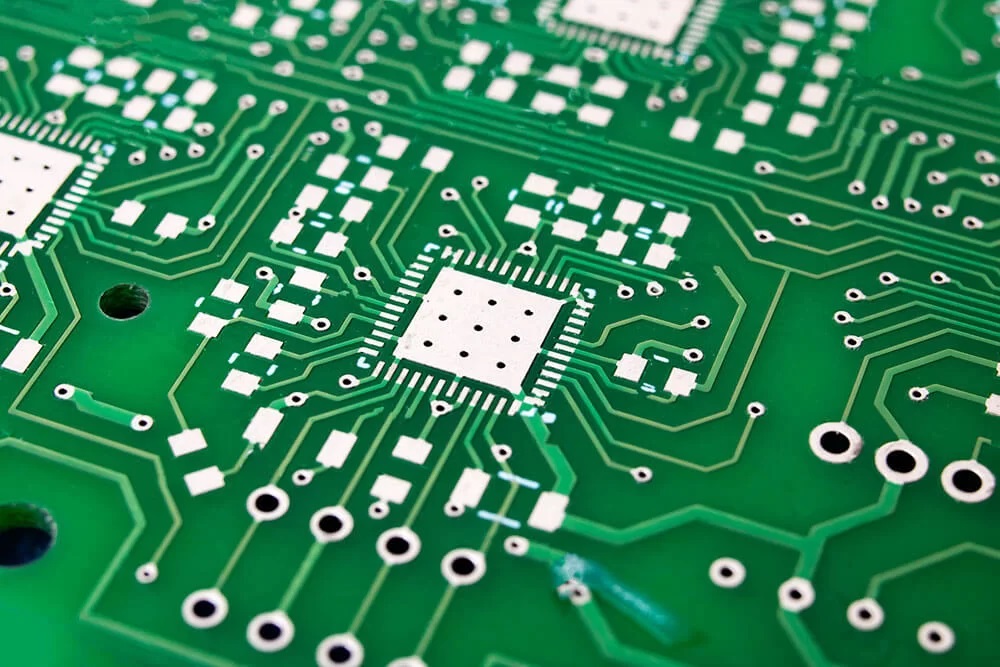
Designing
During the design phase, one of the most important steps to ensure a successful prototype circuit board is selecting the right components. Common mistakes to avoid when making this decision include overcomplicating the circuit design due to excessive components, using components which are not compatible in terms of electrical characteristics or size, and not searching for components with optimal cost and performance. In addition, it is also essential to calculate the current and voltage capacities of components to prevent components from getting too hot or damaged due to overload. Finally, designers should ensure that components are of high quality and are tested before being incorporated into the circuit board to minimize the risk of component failure.
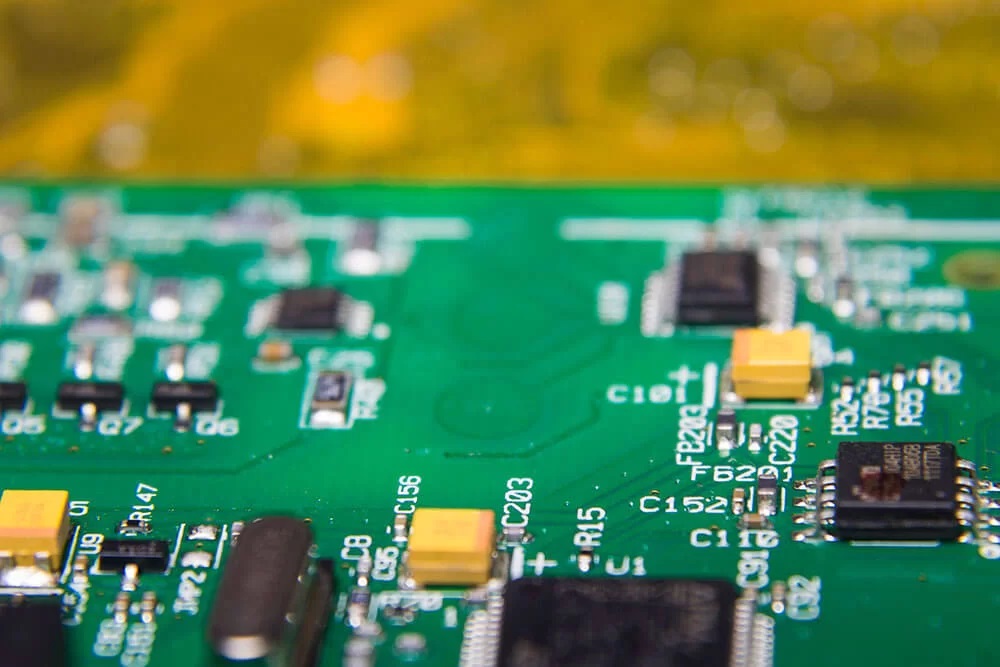
Fabrication
During the fabrication process, another common mistake to avoid is poor soldering, which can result in inconsistent and unreliable connections in the circuit. Furthermore, incorrect tool settings and incorrect techniques can lead to damages and incorrect connections in the circuit. It is also important to double-check the placement of components and solder joints to make sure no mistakes are made. Additionally, it is essential to check for shorts between components and make sure proper isolation is maintained between connected components to prevent electrical accidents. Finally, excessive cleaning of the circuit fragments can lead to component damages and should be avoided at all cost.
Testing
During the testing stage, it is imperative to eliminate any incorrect measurements as this can lead to incorrect performance and results in the prototype circuit board. Common mistakes to watch out for include not testing the devices or components on the circuit, using incorrect test equipment, or relying on incorrect calculation methods. Furthermore, it is important to measure the electrical signals at the correct points of the circuit, such as clock signal and data signals, and to use a proper testing regime to ensure that all scenarios have been tested. Finally, it is also necessary to measure the power consumption of the circuit to avoid potential damages due to overloading of components.
Troubleshooting
Troubleshooting can be a challenging process, but proper oversight during the testing phase can mitigate the risk of troubleshooting any issues that arise. Common mistakes to avoid during troubleshooting include misidentifying the problem, not collecting the right data to make a proper diagnosis, and not reviewing the circuit schematic or layout correctly. It is important to be thorough when running tests to identify the primary source of the issue, as well as checking the soldering and connections of the circuit to ensure the board is error-free. Furthermore, it is essential to review the current and voltages of the components, as well as examining the environment for any external factors which may cause the issue. Finally, proper documentation of all the tests and their results is also a vital step in the troubleshooting process to ensure a successful resolution.
At NETPCB, you can rely on our team of experts to provide you with professional and reliable service when you encounter any issues with troubleshooting pcb, ensuring that your manufacturing process remains seamless and efficient.
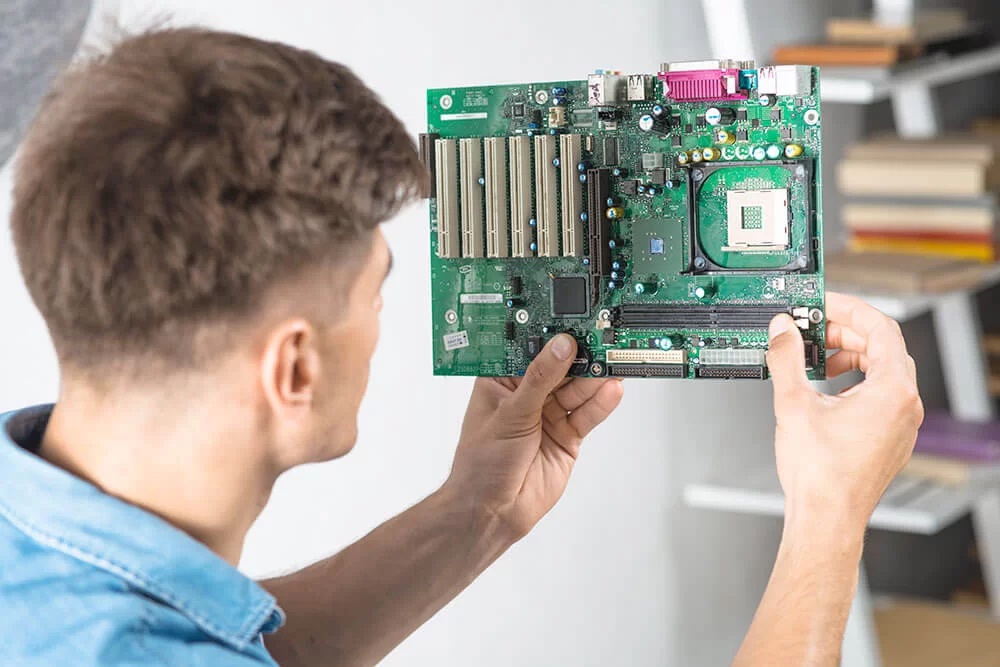
Conclusion
Creating a successful prototype circuit board requires paying great attention to detail and being meticulous in avoiding common mistakes. NETPCB provides different types of pcbs include High Frequency PCB, Flexible PCB, HDI PCB, High Speed PCB, etc. Taking the time to think through each step of the process and executing it with precision can save precious time, resources, and money on the final product. Focusing on proper design, fabrication, testing, and troubleshooting the prototype circuit board before implementation can help create a reliable and efficient prototype circuit board. By staying aware of these common mistakes and adhering to the proper protocols, designers can ensure their prototype circuit board is of the highest quality and will perform as expected.

